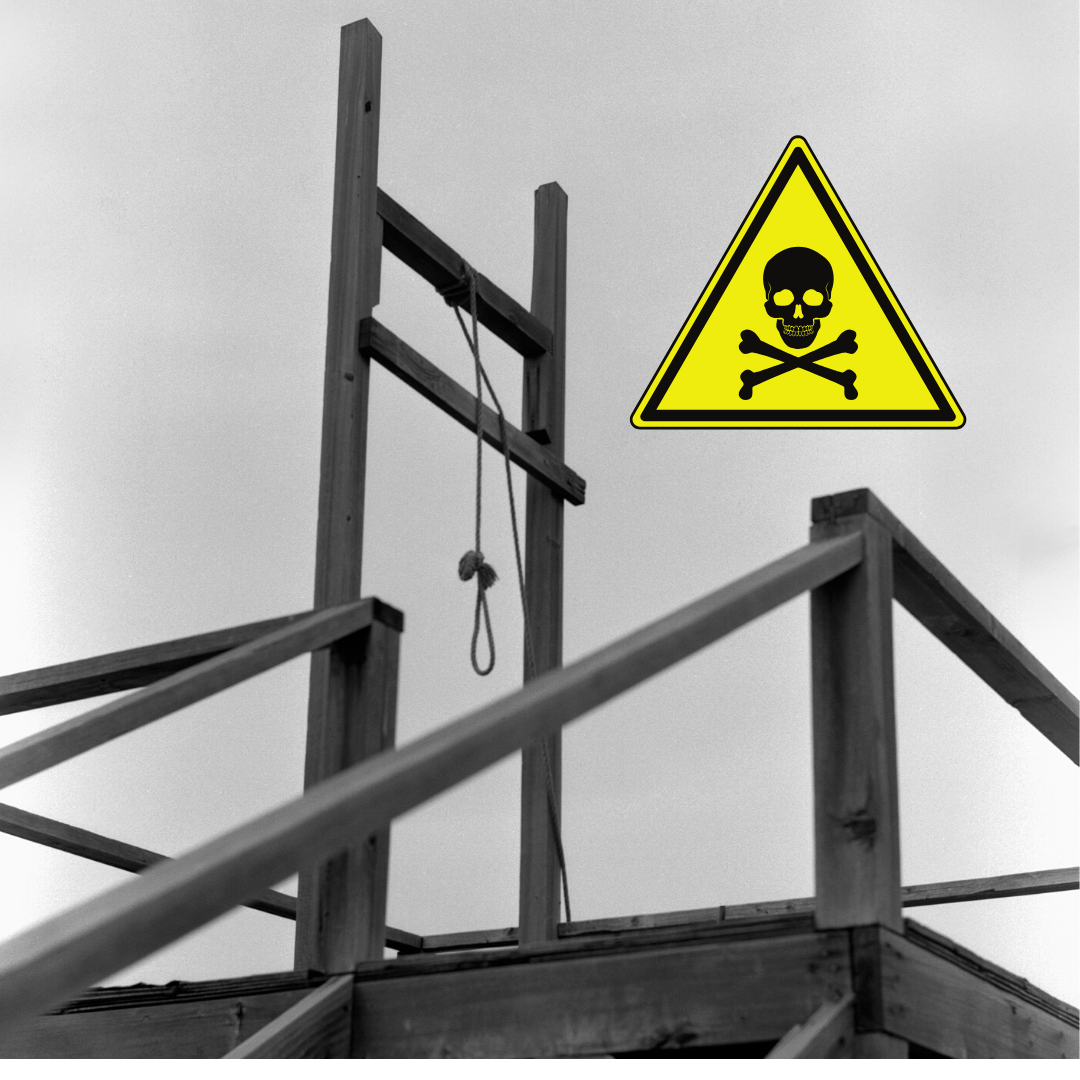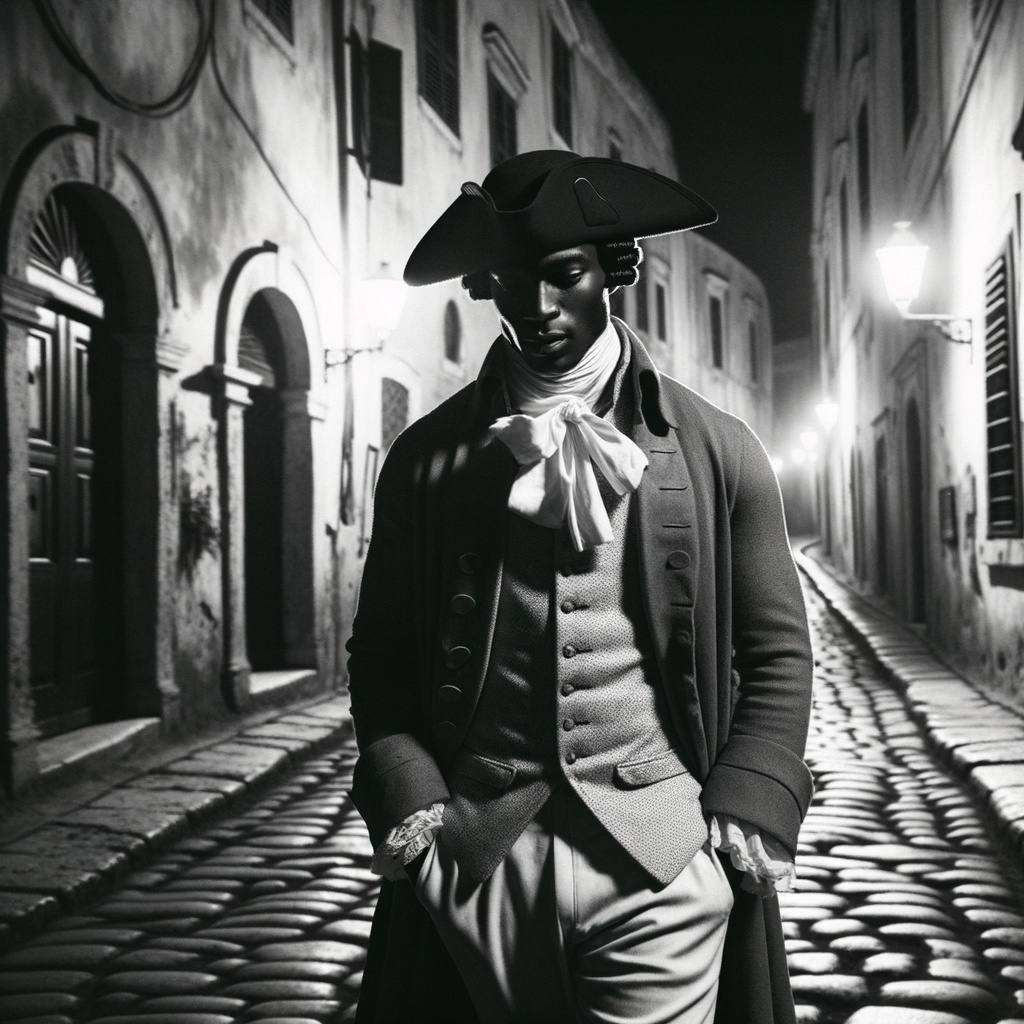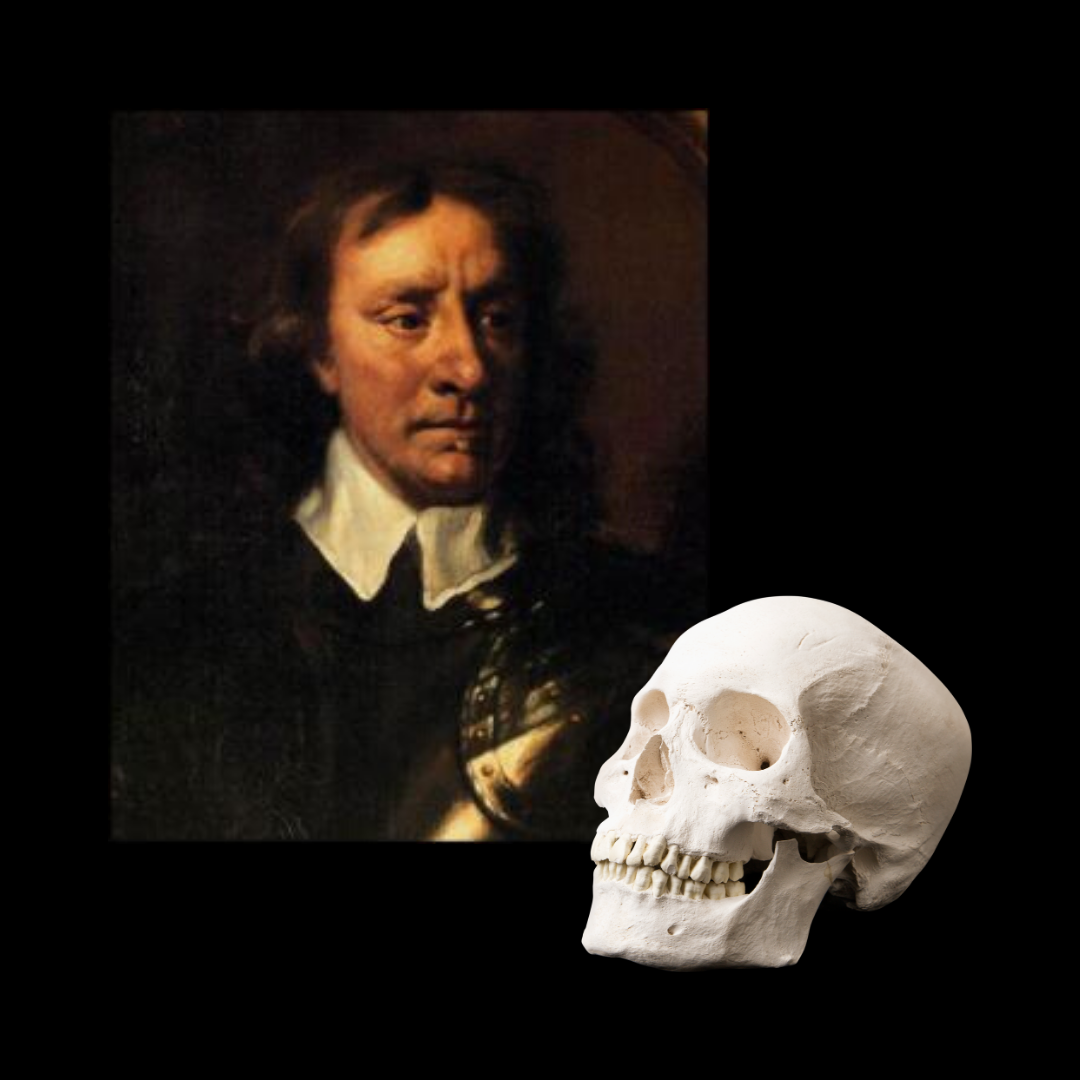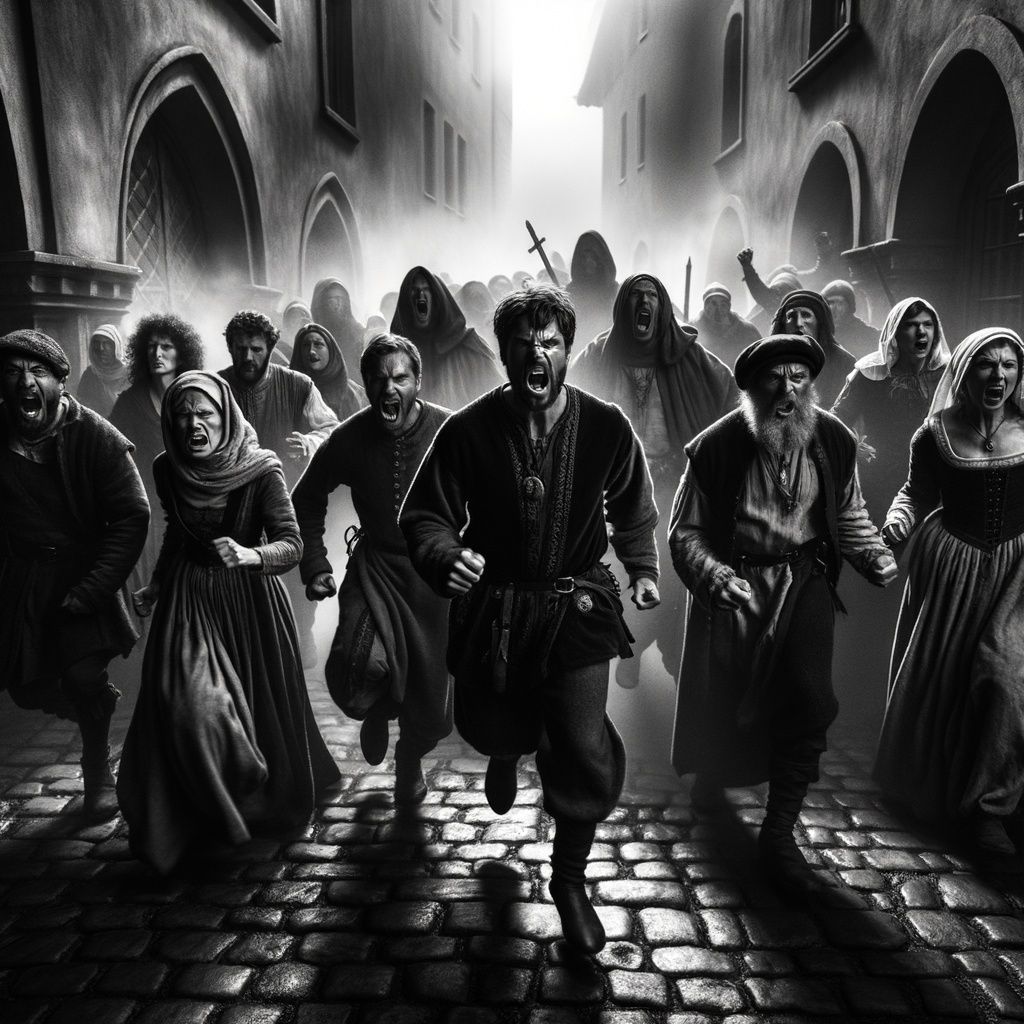The death penalty applied to many crimes in the past – not just murder. And hangings took place in public up until the mid-19th century. So – where could you expect to see an execution in London?
The following are venues for hangings and other forms of execution in London:
Tyburn. If you were a commoner, then it was off to Tyburn to be hanged high in the air dancing at the end of a rope for a vast crowd. The location of the triple gallows that entertained so many Londoners was on what is now a traffic island at the intersection of Oxford Street and the Edgware Road. Oxford Street was called Tyburn Road up until the 1700s and the area was semi-rural, effectively the edge of London.
Tower Hill. If you were an aristocrat, you could avoid the shame and humiliation of dangling at Tyburn by being beheaded on Tower Hill. Your end was swift provided the executioner was good at his job – and that wasn’t always guaranteed.
Lincoln’s Inn Fields. Those conspiring against the life of the monarch might be dispatched at Lincoln’s Inn Fields. Such was the fate of Anthony Babington who plotted against Elizabeth I. Her day out was ruined however by his persistent screams of agony while being hanged, drawn and quartered. He made such a racket that the Queen decided just to behead everybody else involved in the conspiracy.
Smithfield. Now being heavily redeveloped, the meat market near Farringdon tube station once rang to the shrieks of Protestants being burned for their faith by Queen Mary Tudor aka “Bloody Mary”. The Catholic Queen was out to reverse the religious reforms of her father Henry VIII using the flames to consume those who had rejected the pope’s authority.
Execution Dock. Pirates breathed their last here – in a location deemed to suit their crime. They had lived by stealing on the waters – and so they would face their end by the river with the tide submerging their bodies. Captain Kidd was hanged at this location.
Banqueting House, Whitehall. King Charles I stepped from a first floor window and on to a wooden scaffold to lose his head. When his son Charles II became king, he hunted down those who had signed his father’s death warrant and had them executed a stone’s throw away at Charing Cross. The diarist Samuel Pepys, a bit of a royalist toady by then, wrote an inappropriately merry account of one of those hanging, drawing and quarterings.
Kennington. This was south London’s main place of execution. I’ve blogged before about two unfortunately gentlemen who were hanged for the crime of being gay. It surprises me that given the large LGBT population in the area, there is no monument to this injustice.
Stratford-le-Bow. Now I knew nothing about this execution site until recently. But this is where Queen Mary Tudor burned another load of Protestants as part of her ongoing and ultimately unsuccessful attempts to turn Britain back to Catholicism. Thirteen men and women were burned in front of 20,000 people on 27 June 1556.
Shooters Hill Crossroads. Little bit further out of town towards Woolwich is where highwaymen were hanged. This was presumably to warn any wannabe Dick Turpins heading towards London that they would meet a grim fate.
St Thomas-a-Watering. Right next to the Thomas-a-Becket pub on the Old Kent Road, famous in the 20th century for playing host to gangsters and boxers, was the place of execution for a small group of Catholic friars in 1539. As with Marble Arch and Tyburn, you’re going to need to summon up those powers of imagination to picture the scene now.












